25K Views
DIY Citrus Cleaner

by
Andrea Fabry
(IC: blogger)
Looking to avoid harsh chemicals when you clean? Not only is this DIY cleaner non-toxic, it's a great way to use those extra citrus peels! My favorite is lime, but any combination of lemon, orange, and even grapefruit will work.
2-3 cups citrus peel
Place all ingredients in jar.
I use this cleaner in the kitchen, bathroom and general cleaning. I often combine it with white vinegar to help give the white vinegar a nice citrus aroma.
Enjoyed the project?

Want more details about this and other DIY projects? Check out my blog post!
Published March 21st, 2016 6:02 PM
Comments
Join the conversation
4 of 7 comments
-
It must form alcohol, that's why.
 Jennie Lee
on Apr 09, 2016
Jennie Lee
on Apr 09, 2016
-
@Jennie Lee If it forms alcohol it would be a greater concentration that what's in vinegar and that could etch some surfaces.
 Sonia Burrows
on Apr 28, 2016
Sonia Burrows
on Apr 28, 2016
-
-
-
I tend to doubt that her fermented fruit would produce more alcohol than is in white vinegar, which is made by fermenting distilled alcohol. If you're concerned about etching, you would want to check the acid content. White vinegar has 5% to 8% acetic acid. I'd have no idea how acidic her mixture is.
 Jennie Lee
on Apr 29, 2016
Jennie Lee
on Apr 29, 2016
-
@Jennie Lee
 Dju5694122
on May 14, 2016
Dju5694122
on May 14, 2016
-
-



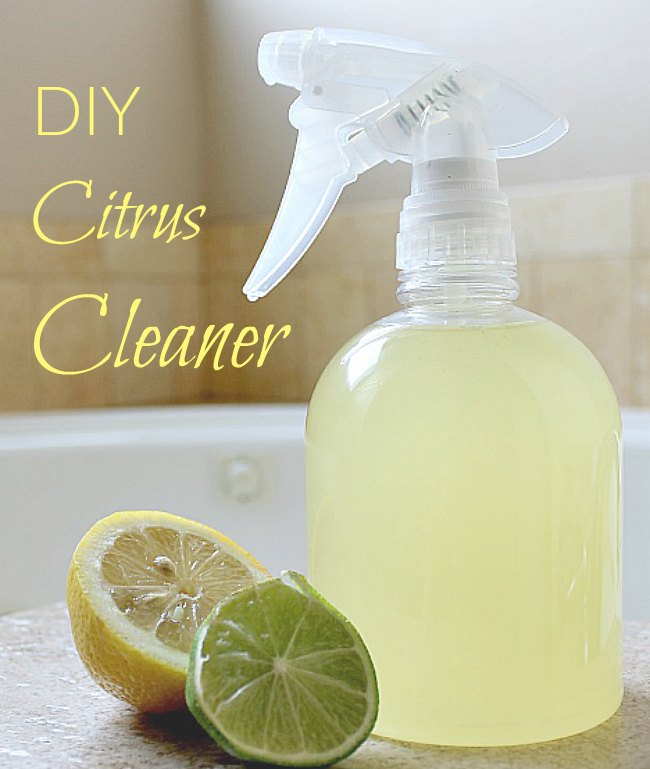


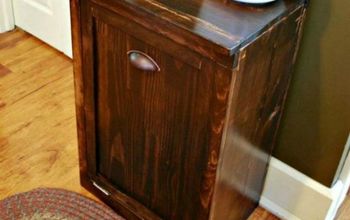
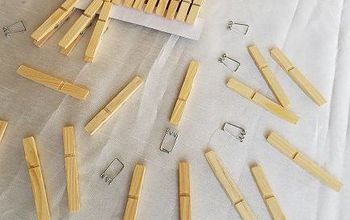




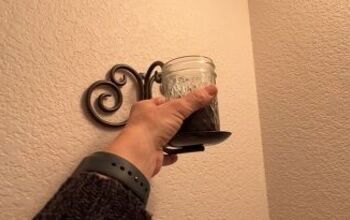


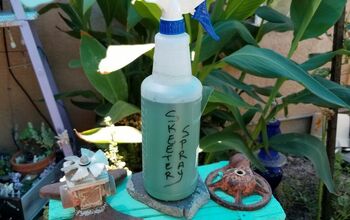






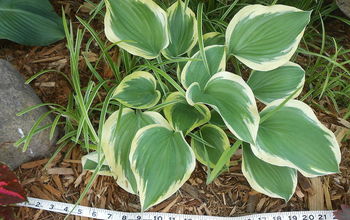
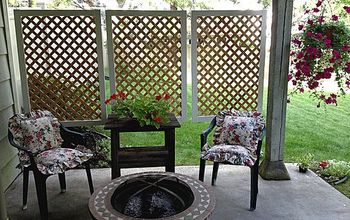

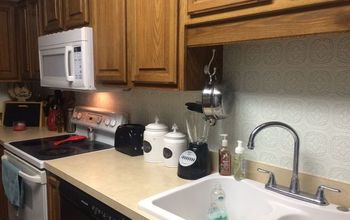
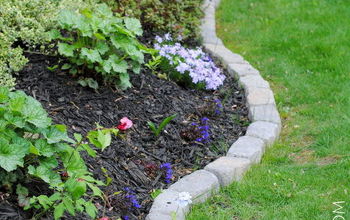


Frequently asked questions
Have a question about this project?